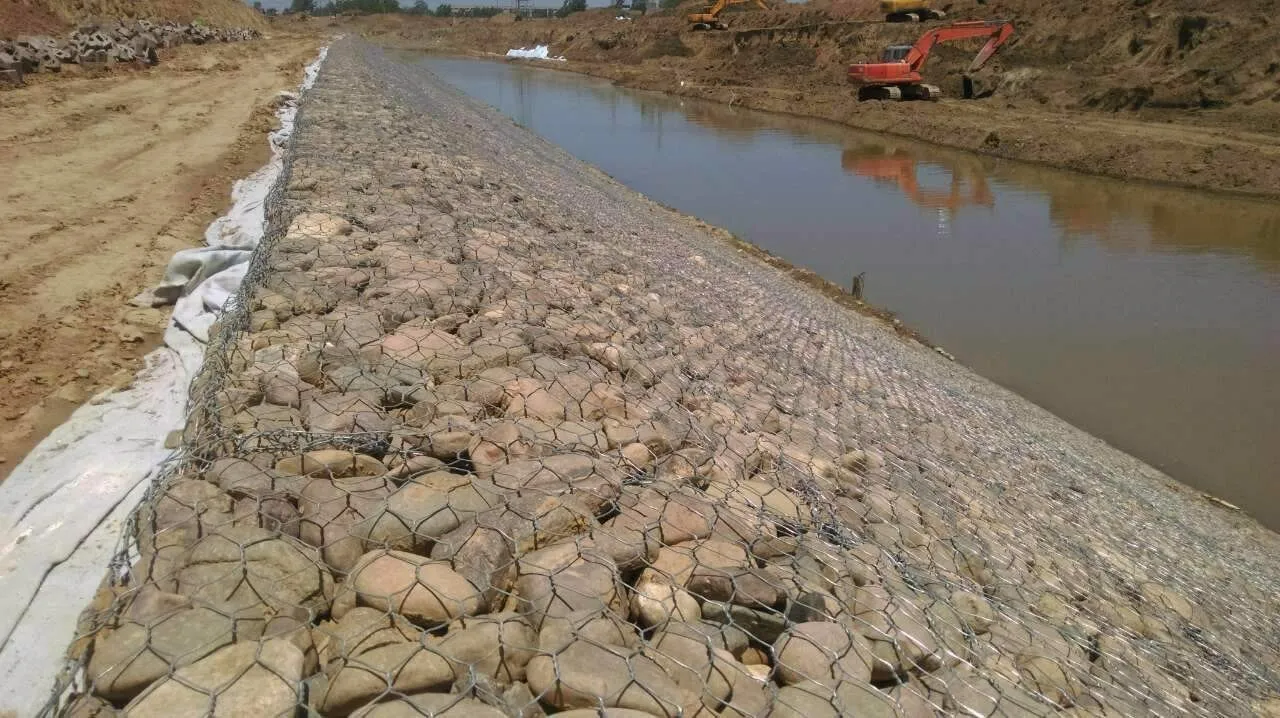-
 Phone:
Phone: -
 Email:
Email:

Strategies for Reducing the Risk of Rock Falls in Vulnerable Areas
How to Prevent Rock Falls Effective Strategies and Best Practices
Rock falls are a significant hazard in mountainous regions and areas with steep terrain. They can cause extensive damage to property, disrupt transportation, and pose a serious risk to human safety. Understanding the causes of rock falls and implementing effective prevention strategies is crucial for minimizing their occurrence. In this article, we will explore various methods to prevent rock falls and ensure the safety of both communities and natural environments.
Understanding the Causes of Rock Falls
Before we delve into prevention strategies, it is essential to understand what causes rock falls. They typically occur due to several factors, including
1. Geological Factors The type of rock, its structure, and the presence of fractures can contribute to rock falls. Weak or weathered rock formations are more susceptible to dislodgment.
3. Human Activity Construction, mining, and other activities can destabilize rock formations. Poor landscaping and deforestation also contribute to increased erosion and rock fall risks.
4. Earthquakes and Vibrations Geological activity, including earthquakes or heavy traffic vibrations, can trigger rock falls by shaking loose unstable rock.
Prevention Strategies
1. Regular Monitoring and Assessment One of the most effective ways to prevent rock falls is through regular geological assessments of at-risk areas. Engineers and geologists can identify vulnerable rock formations and monitor changes in stability. Employing technology such as ground-penetrating radar and geospatial analysis can help in identifying potential hazards.
how to prevent rock falls

2. Rock Stabilization Techniques Various engineering techniques can be used to stabilize loose rocks and prevent falls. These may include
- Rock Bolting Installing bolts deep into the rock can help secure unstable sections. - Mesh or Netting Installing mesh or netting on steep rock faces can catch falling rocks before they reach the ground. - Shotcrete Spraying concrete onto rock surfaces can provide a protective layer that helps prevent erosion and rock dislodgment.
3. Vegetation Management Managing vegetation can play a critical role in maintaining rock stability. Trees and shrubs can help anchor loose soil and rock, while their roots can bind fractures in the rock. However, invasive species should be removed, and vegetation should be monitored to avoid additional hazards.
4. Controlled Blasting In areas where rock falls are a frequent concern, controlled blasting may be necessary to remove unstable rock sections safely. This process, conducted by professionals, helps to minimize the risk of rock falls while ensuring the safety of surrounding areas.
5. Warning Systems Implementing early-warning systems in high-risk areas can alert communities of potential rock falls. These systems might include sensors that detect vibrations or changes in rock stability and can provide crucial time for evacuation or mitigation efforts.
6. Public Awareness and Education Educating the community about the risks of rock falls and how to respond can significantly enhance safety. Public awareness campaigns, educational programs, and collaboration with local authorities can help residents understand the importance of staying informed.
7. Transportation Planning Proper planning of roadways and infrastructure in mountainous areas is vital. Engineers should avoid constructing roads directly beneath steep rock faces or areas known for rock falls. Implementing protective barriers and designing roadways with adequate drainage can also help prevent hazards.
Conclusion
Preventing rock falls requires a multi-faceted approach that combines engineering practices, environmental management, and community involvement. By understanding the underlying causes and implementing strategic measures, we can significantly reduce the risks associated with rock falls. Safety should always be a priority, ensuring that both human activities and natural landscapes can coexist without jeopardizing each other. Ongoing research and adaptation of new technologies will further enhance our ability to prevent rock falls and safeguard our communities.
-
Wire Mesh for Every Need: A Practical SolutionNewsJul.25,2025
-
Steel Fences: Durable, Secure, and Stylish OptionsNewsJul.25,2025
-
Roll Top Fencing: A Smart Solution for Safety and SecurityNewsJul.25,2025
-
Cattle Farm Fencing Solutions for Maximum SecurityNewsJul.25,2025
-
Affordable Iron Binding Wire SolutionsNewsJul.25,2025
-
Affordable Galvanized Wire SolutionsNewsJul.25,2025
-
Wire Hanger Recycling IdeasNewsJul.25,2025








